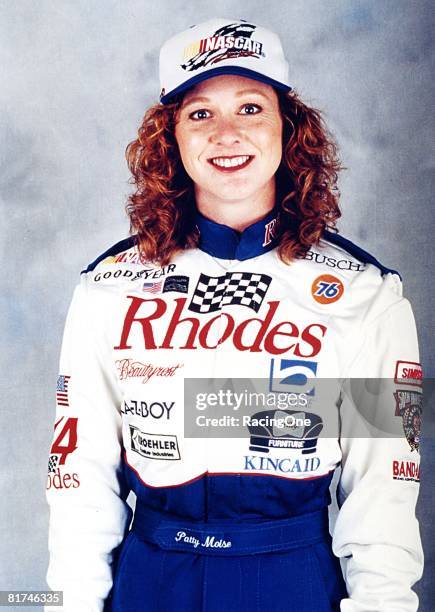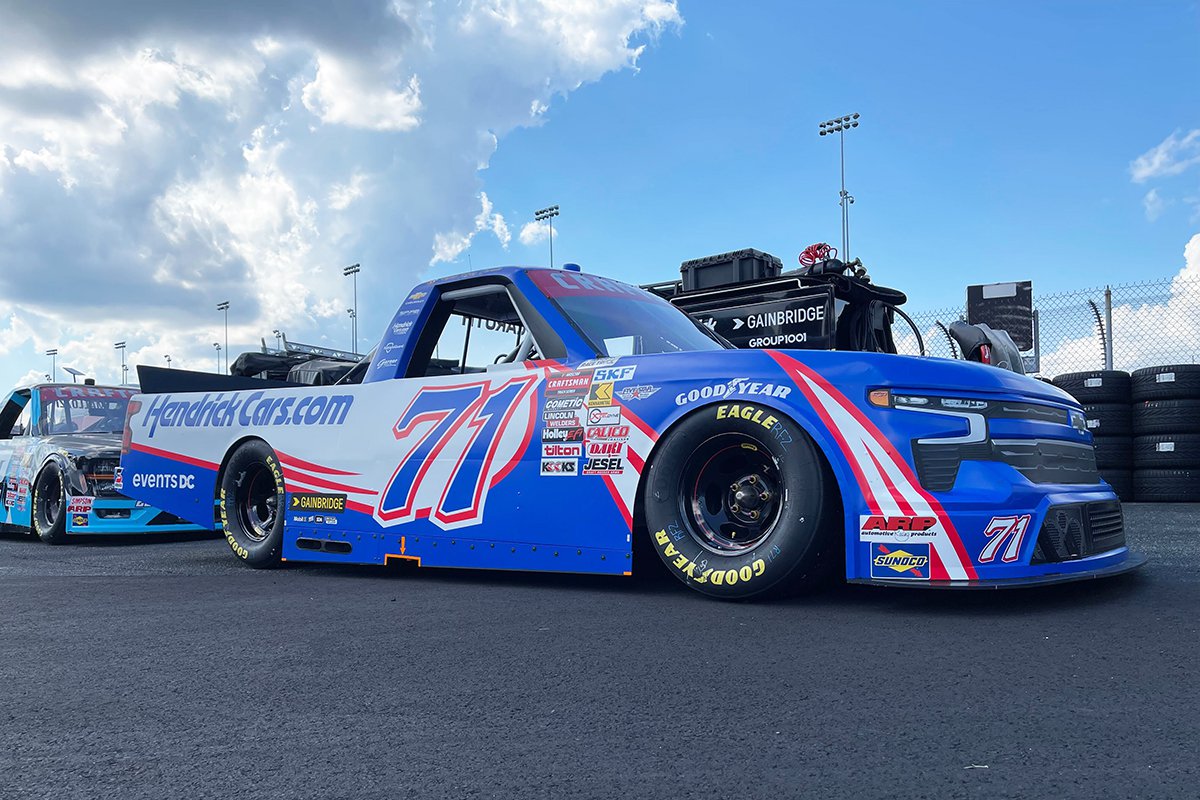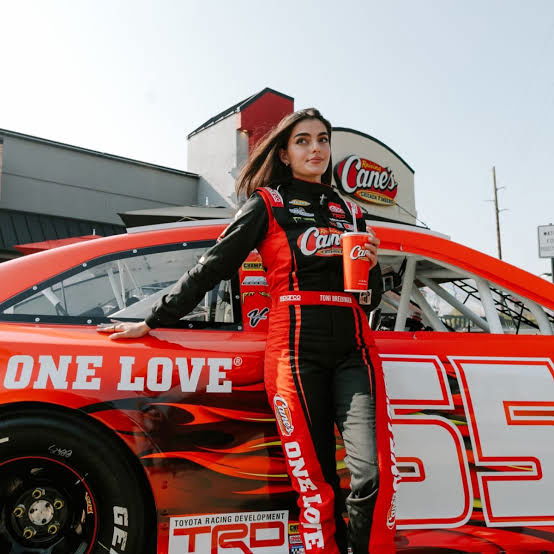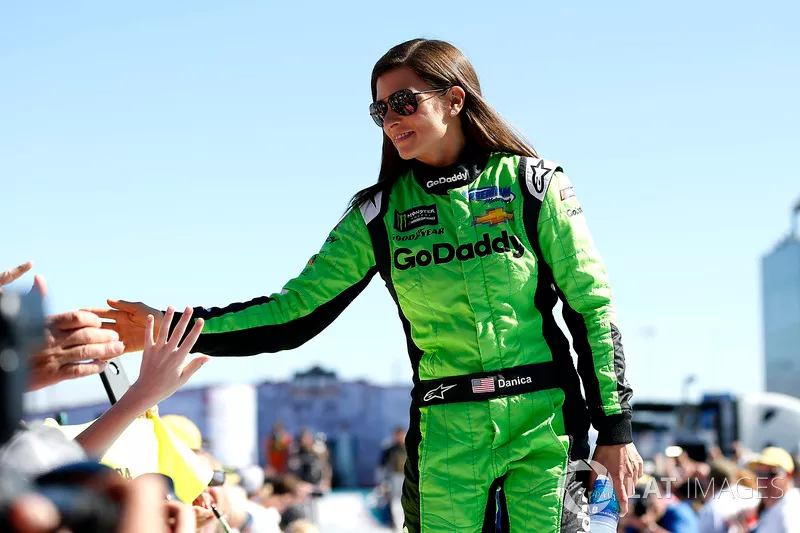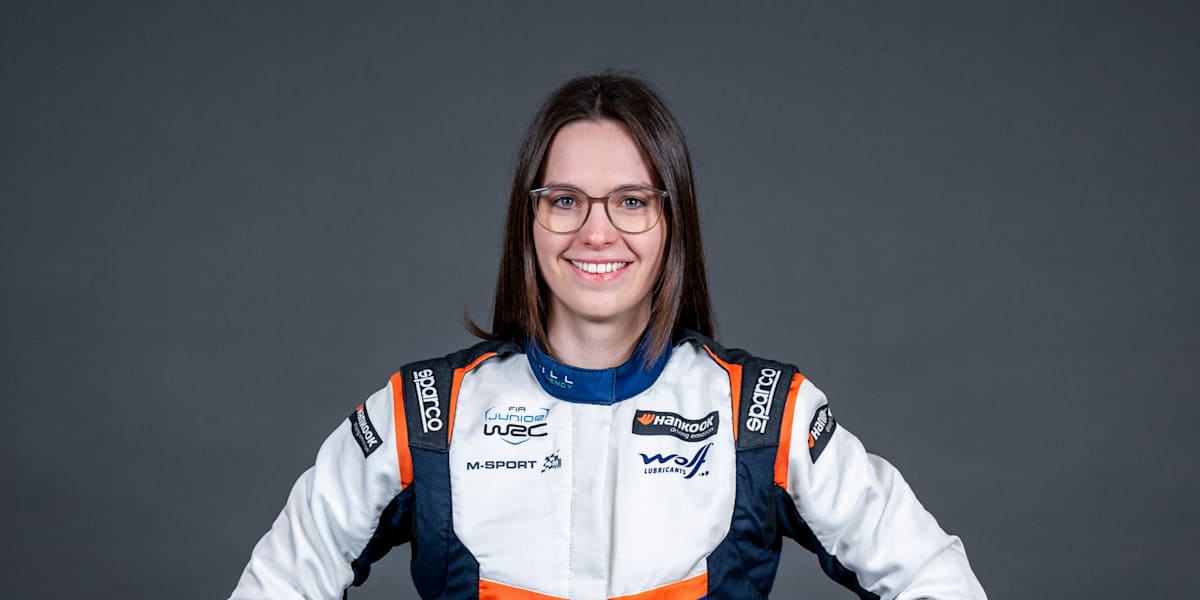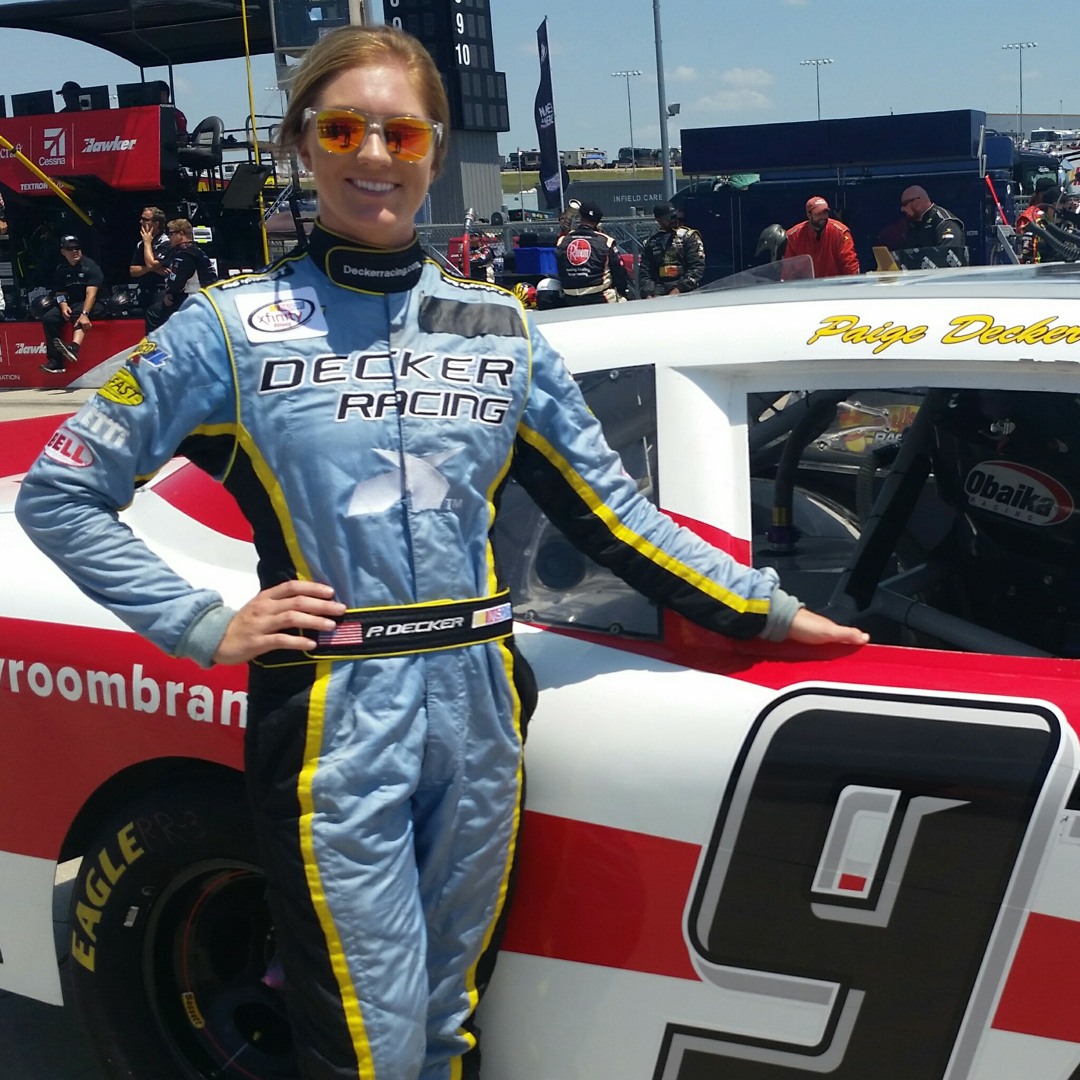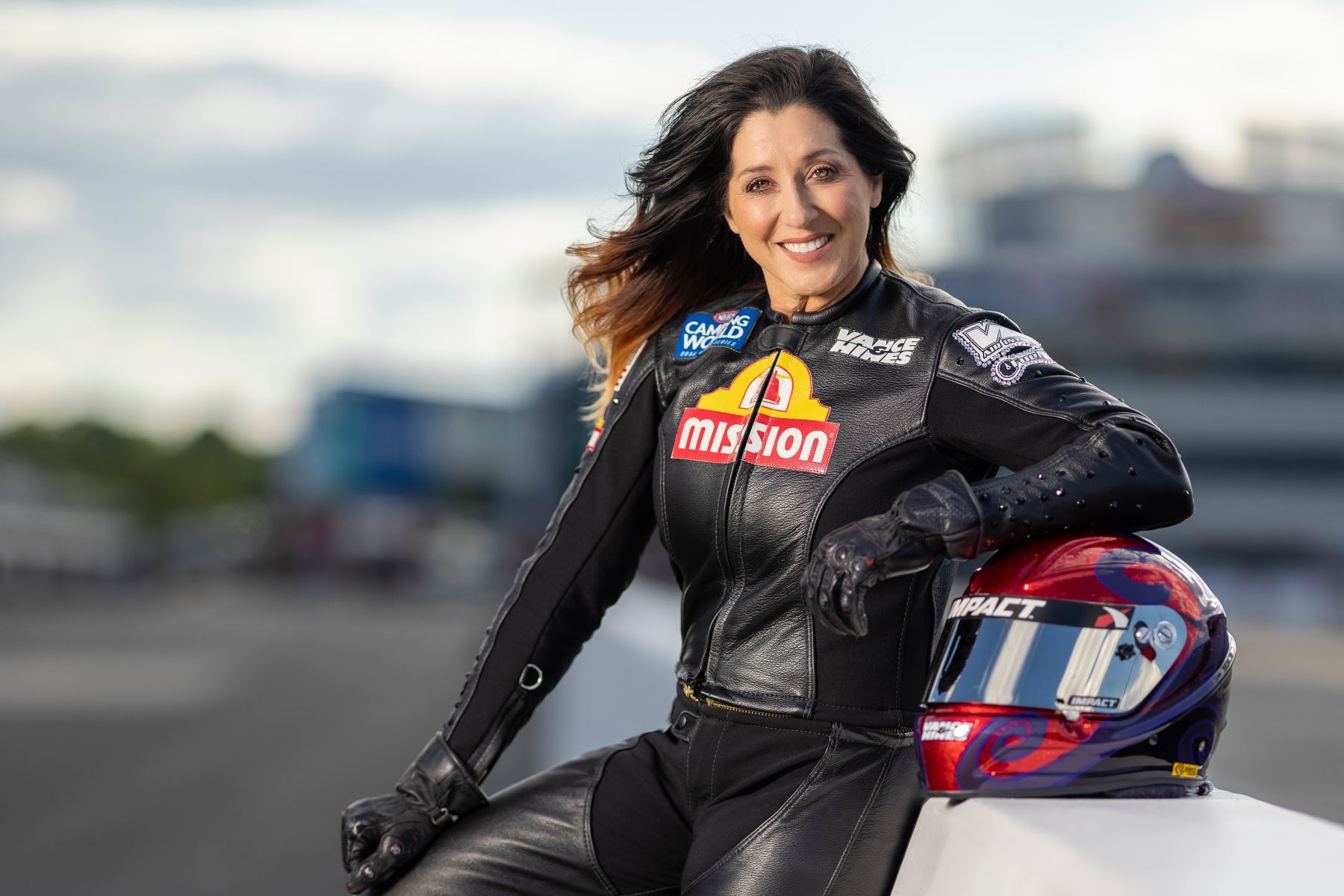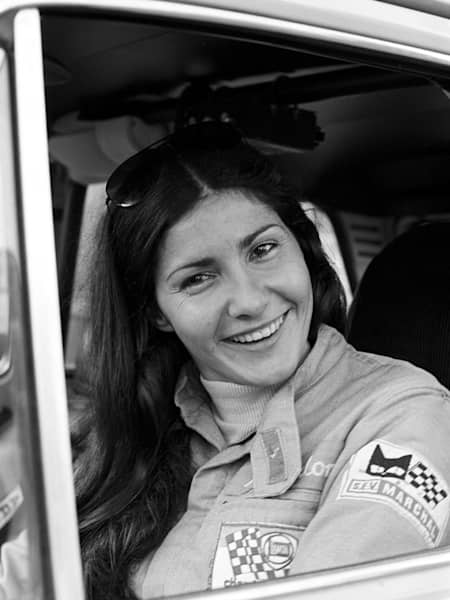Patty Moise
NASCAR racing //
Patricia “Patty” Moise became the first woman to lead a NASCAR Busch Series event in 1986, breaking barriers through sheer determination despite admitting she was “terrible” early on.
Patty's Sponsors:

I was terrible, terrible, terrible… I was always getting lapped, but I was learning.
I took a liking to those big stock cars and decided to become a NASCAR driver.
40 percent of racing fans are women, who make most household decisions.
CHAT & RACER CALENDAR COMING
NEWS:
GRRL! Weekly Top-10 Newsletter
SubscribeSOCIALS:
VIDEOS:
FULL BIO: Patty Moise
Patricia “Patty” Moise broke through the boys’ club of NASCAR as the first woman to lead a Busch Series event, proving that grit and determination could overcome financial struggles and industry skepticism. Her journey from Jacksonville road courses to stock car stardom wasn’t pretty—she admits she was “terrible, terrible, terrible” at first—but her persistence made her a trailblazer who opened doors for future generations of female racers.
EARLY YEARS
Born in 1961 in Jacksonville, Florida, Patricia “Patty” Moise discovered her need for speed at 16, diving headfirst into IMSA road racing around 1977. Her father became her first mentor and car provider, while her mother played the practical parent card, insisting Patty finish college before chasing checkered flags full-time. Smart move, Mom—Patty graduated from Jacksonville University in 1981 with degrees in marketing and economics, skills that would prove invaluable when sweet-talking sponsors later. Armed with her diploma and her father’s blessing, she was ready to trade textbooks for tire smoke.
OTHER INTERESTS
While racing consumed most of her focus, specific details about Moise’s interests outside motorsports aren’t well documented in available sources.
EARLY SUCCESS
Moise’s early racing years were a masterclass in learning the hard way. Starting in IMSA’s RS series in 1981, she spent five years getting schooled by veterans like Joe Verde, Amos Johnson, and Roger Mandeville. “I was terrible, terrible, terrible… I was always getting lapped, but I was learning,” she candidly admitted. Her breakthrough came in the Kelly American Challenge series, where she wheeled AMC Spirits and other machinery for five years. The lightbulb moment arrived in 1986 when crew chief David Ifft, a former Winston Cup mechanic, helped her secure a ride at Road Atlanta. One taste of those “big stock cars” and she was hooked—NASCAR bound and determined to make her mark.
NOTABLE ACHIEVEMENTS
- 1986: Became first woman to win a Kelly American Challenge race (Portland, Oregon) and finished 2nd in series points
- 1986: Made NASCAR Busch Series debut at Road Atlanta, qualifying 3rd and becoming first woman to lead a Busch Series event
- 1987: Earned two top-ten finishes in 12 Busch Series starts, finishing 31st in points
- 1987-1989: Competed in five NASCAR Winston Cup races with best finish of 26th at the 1988 Pepsi 400 at Watkins Glen
- 1990: Competed full-time in Busch Series and married fellow NASCAR driver Elton Sawyer
- 1998: Secured full-time Busch Series ride with Michael and Buffy Waltrip’s team, sponsored by Rhodes Furniture
INSPIRATIONS
Moise’s racing DNA came straight from her father, who provided both cars and guidance during her formative years. The IMSA road racing veterans she battled against taught her racecraft through trial by fire, while crew chief David Ifft opened her eyes to the world of NASCAR stock cars. Her transition from road courses to ovals wasn’t just about speed—it was about finding her true calling in the roar of V8 engines and the chess match of stock car strategy.
REPUTATION
Moise earned respect as a pioneering force who refused to accept “no” as an answer. She was savvy enough to leverage demographics—pointing out that 40 percent of racing fans were women who made household purchasing decisions—to secure crucial sponsorship deals. Her persistence through years of part-time schedules and financial struggles established her as more than just a novelty act. When Rhodes Furniture backed her in 1998, their executive VP noted they felt “giving a woman the opportunity to compete on a level playing field was the right thing to do.” Her marriage to fellow racer Elton Sawyer solidified her standing within the NASCAR community, proving she belonged both on and off the track.
FUTURE GOALS/PLANS
After retiring from racing in 1999 due to sponsorship loss, Moise’s current activities and future racing plans remain undocumented in available sources.
References:
Encyclopedia.com – Patty Moise Biography
Wikipedia – Patty Moise Career Statistics
Los Angeles Times – Lead-Foot Lady Loses Mark
Have Patty updates or corrections? Please let us know – We’d love to keep this profile current.

